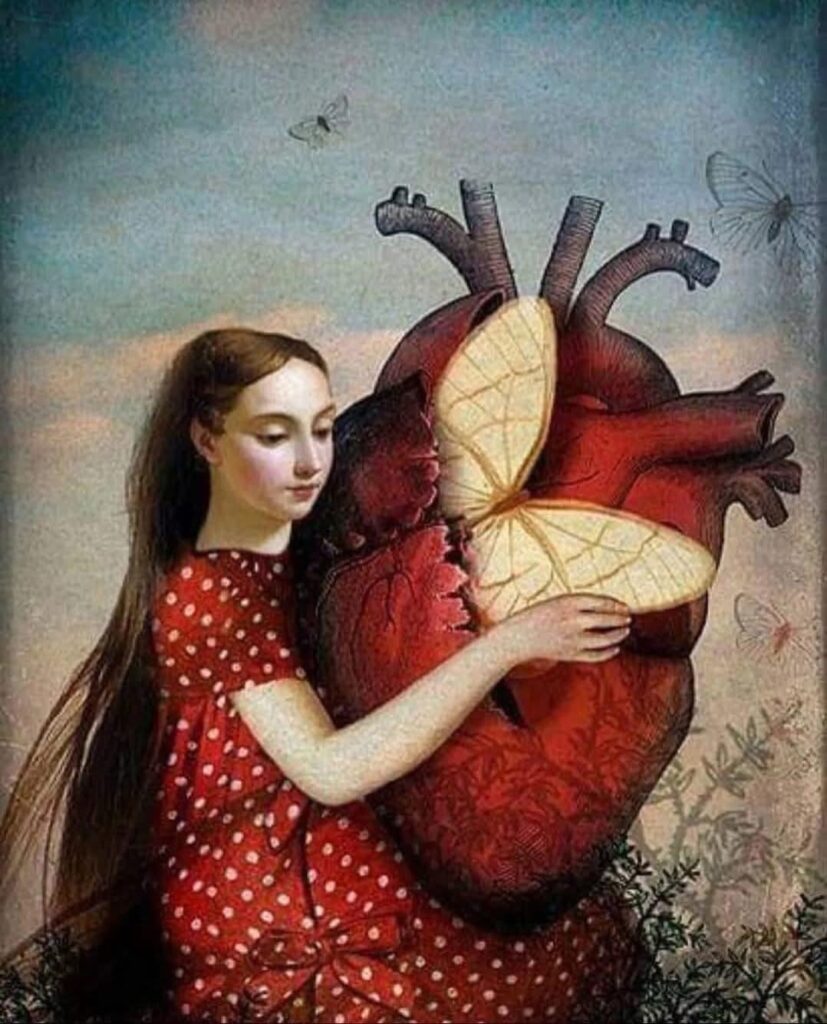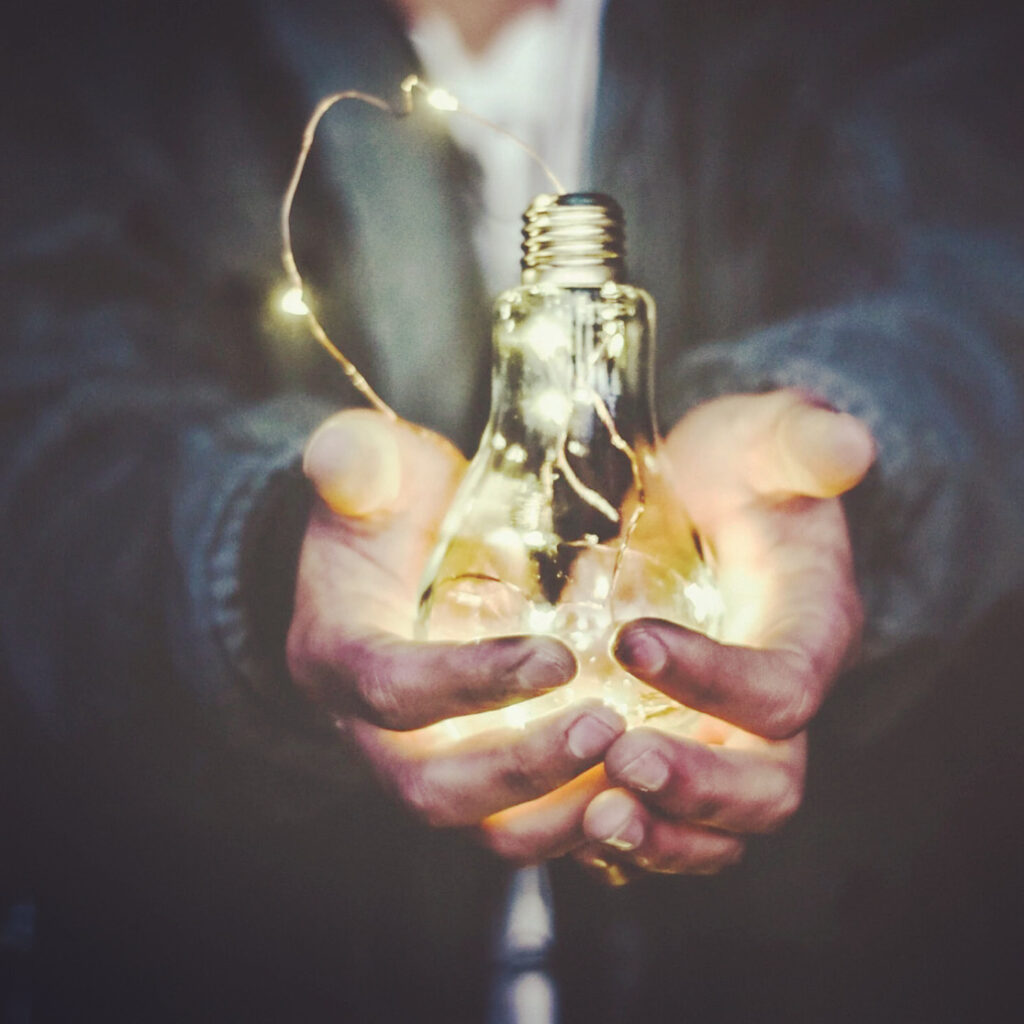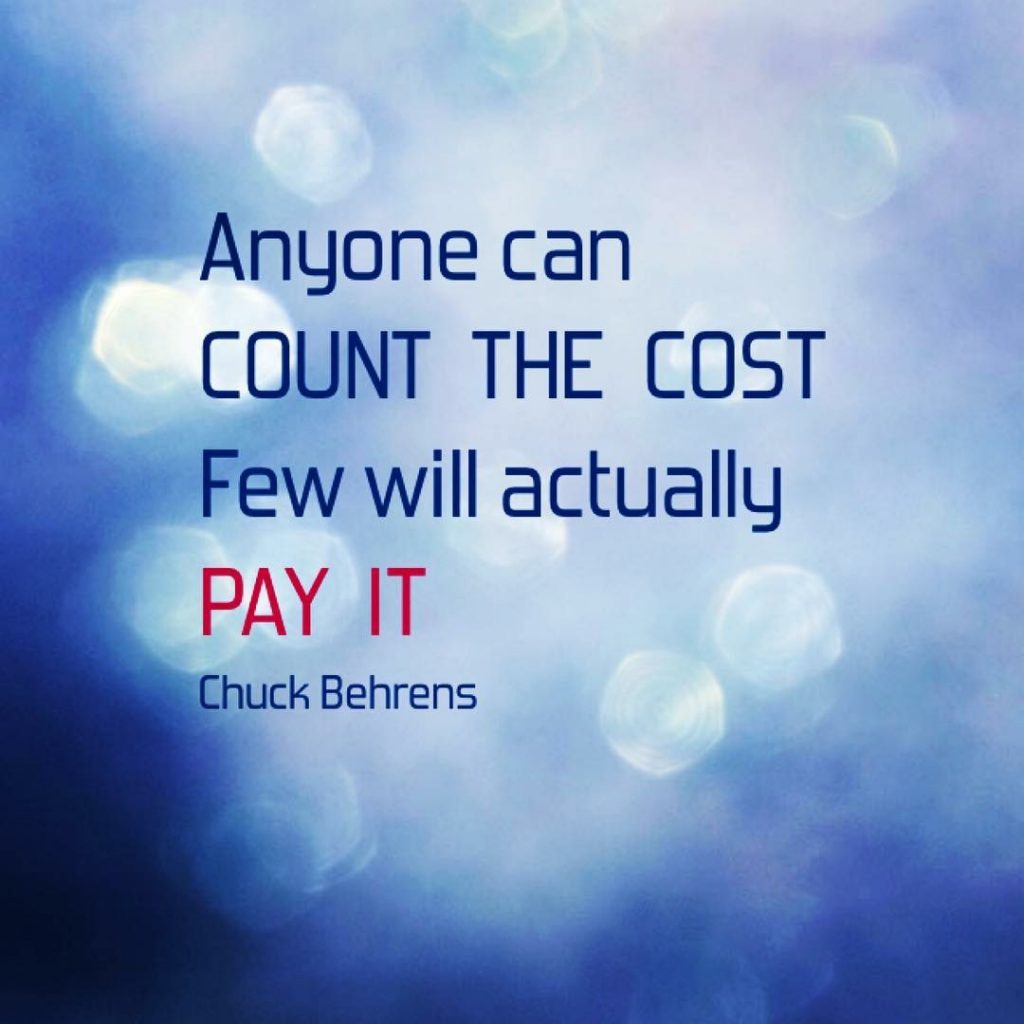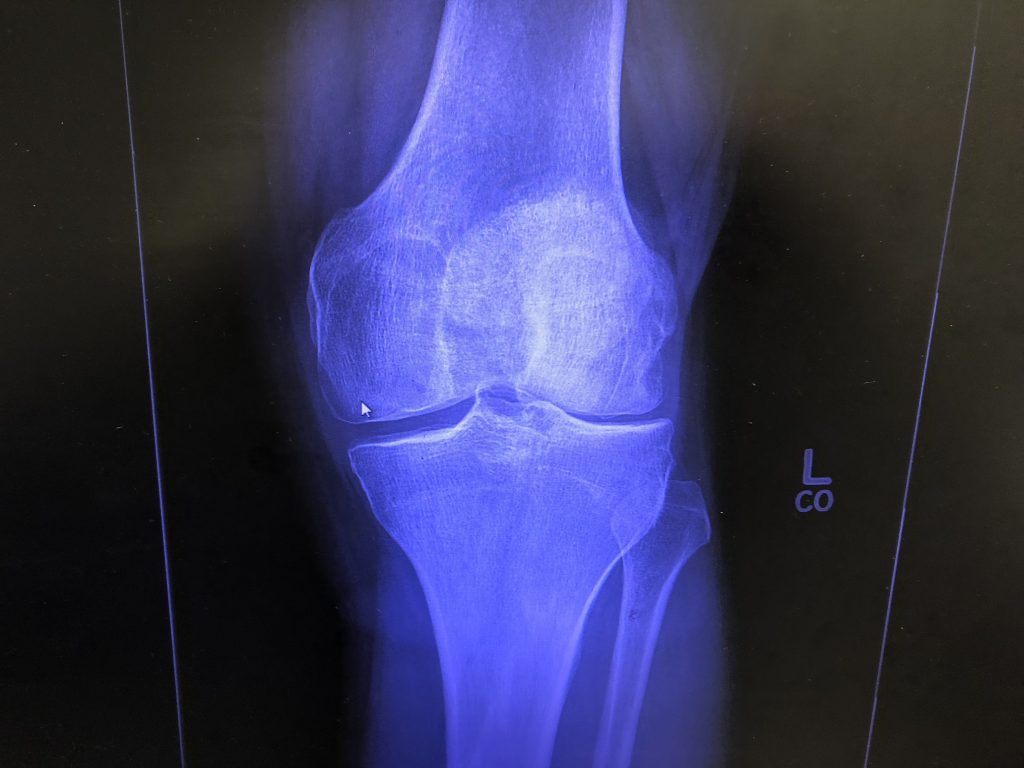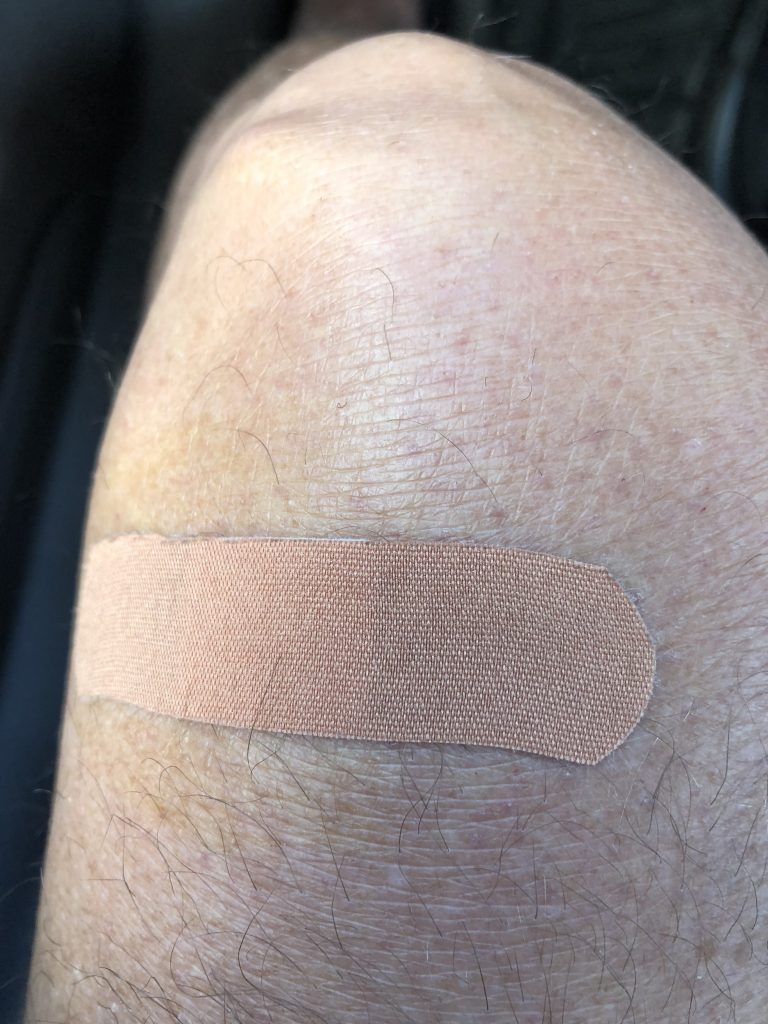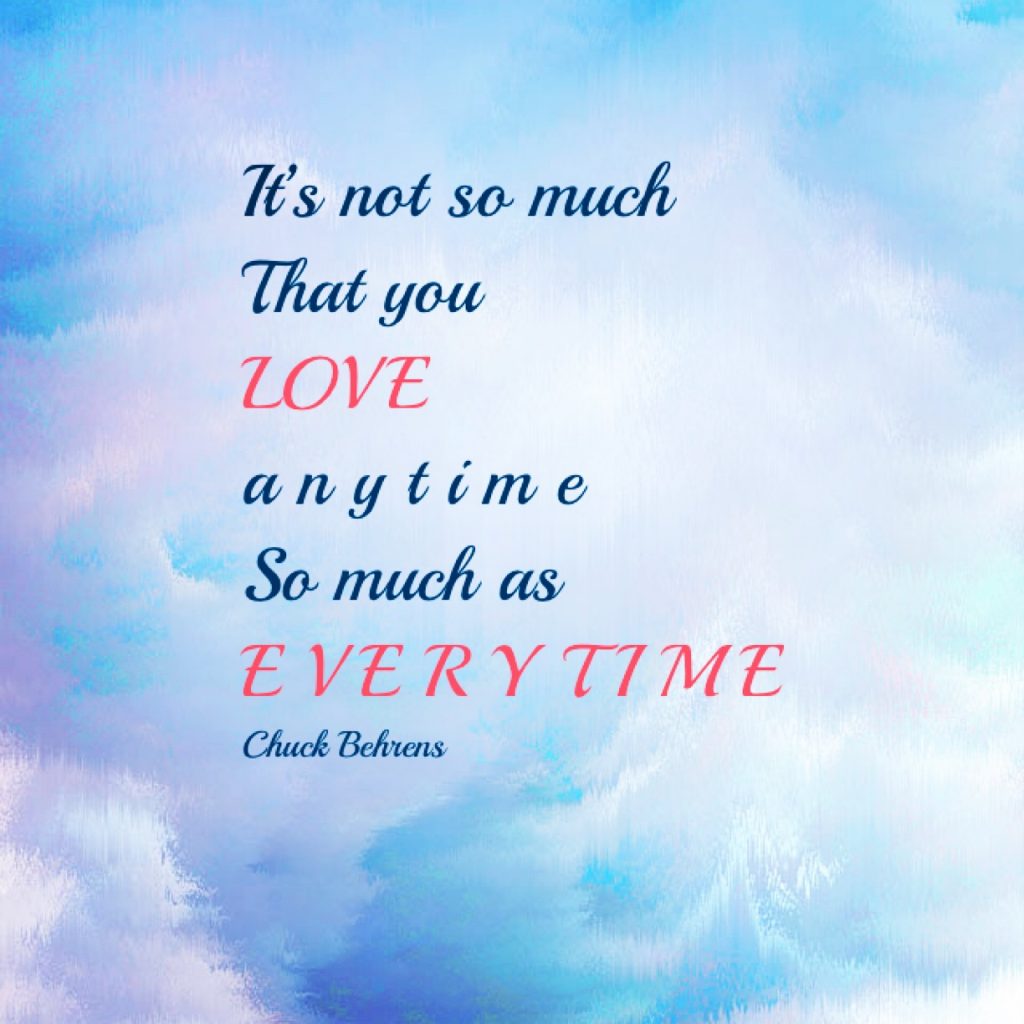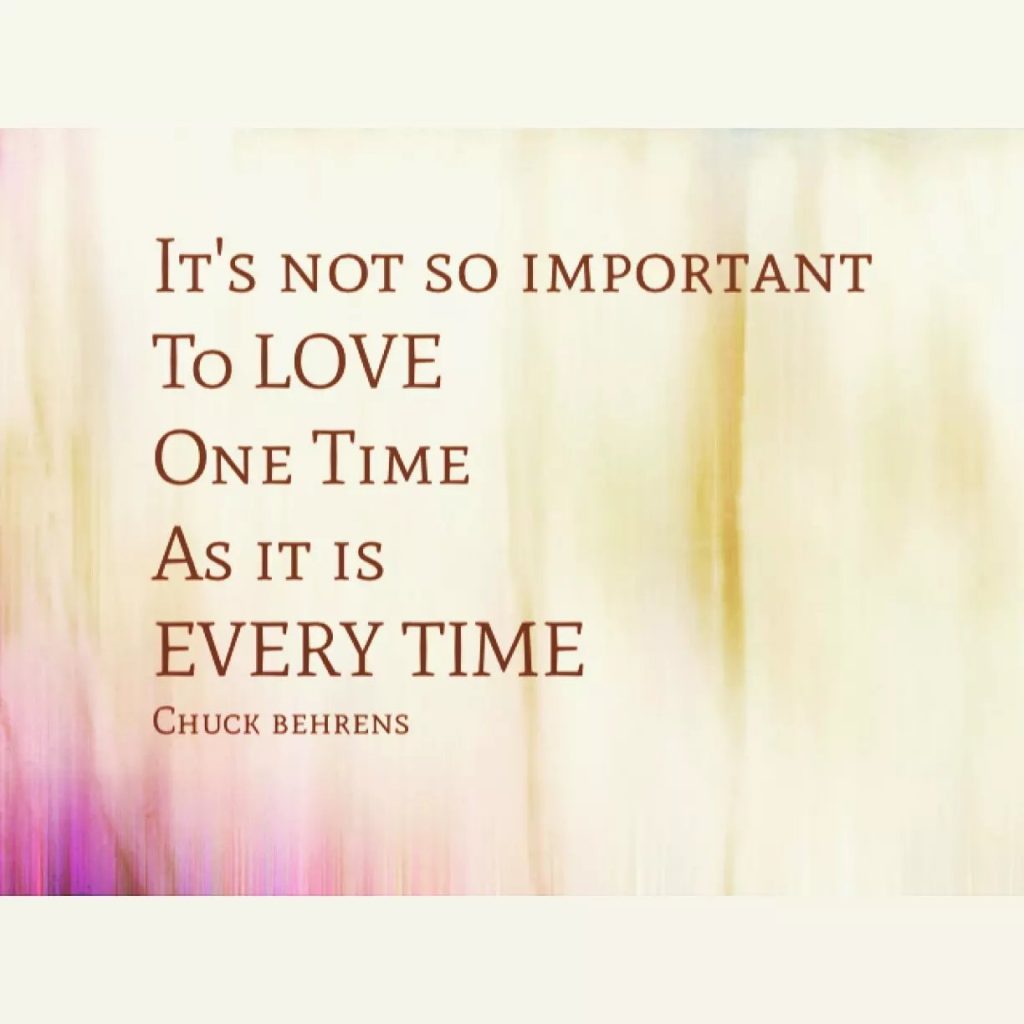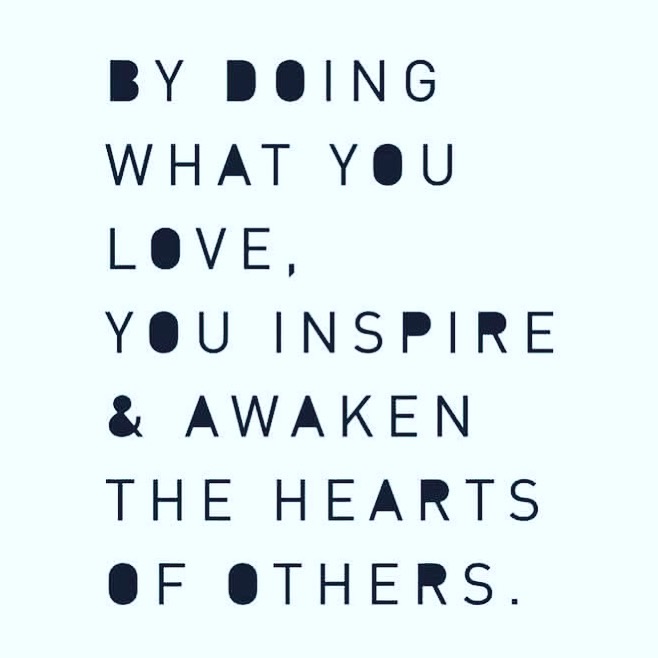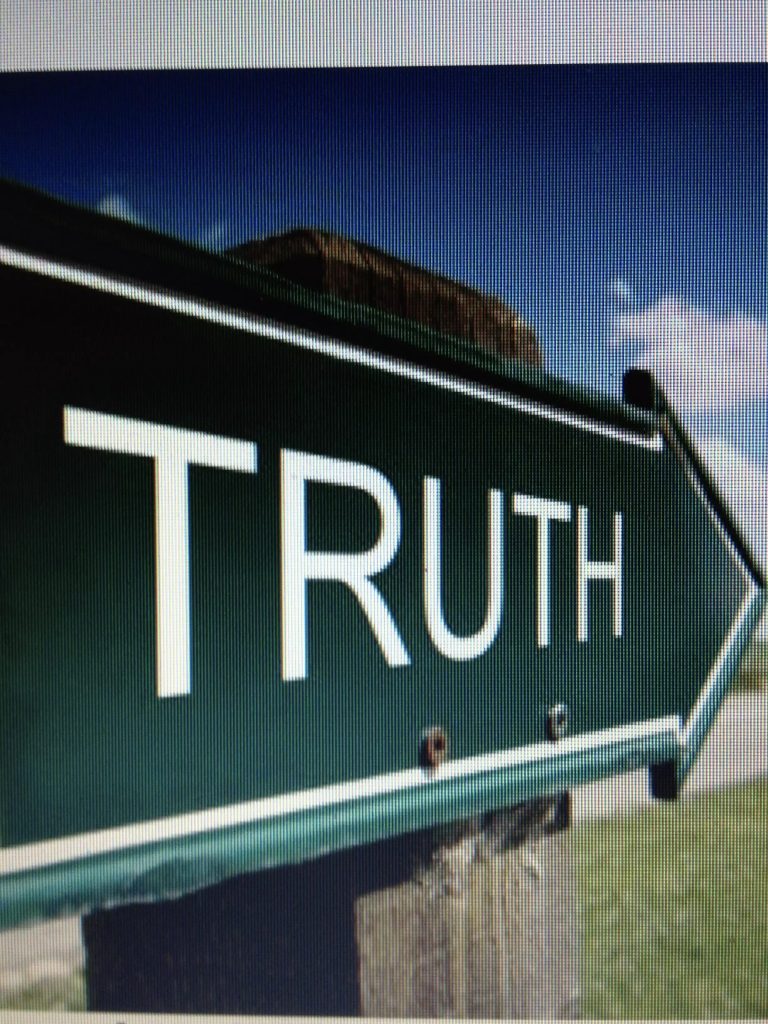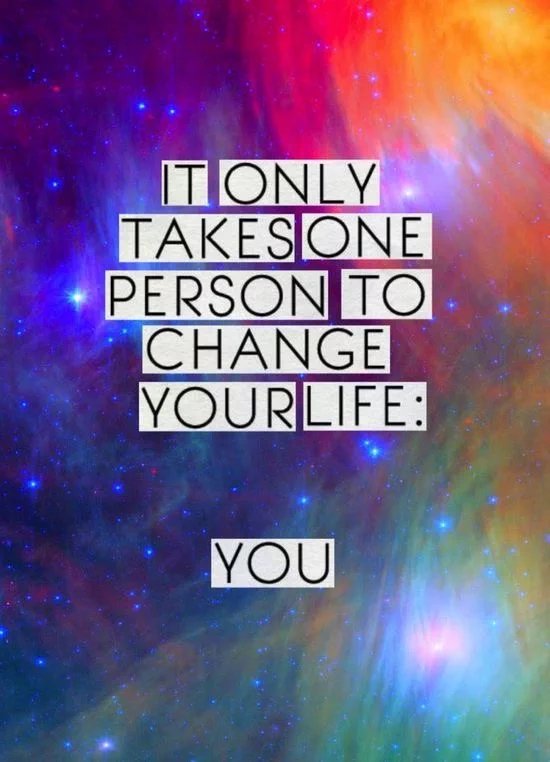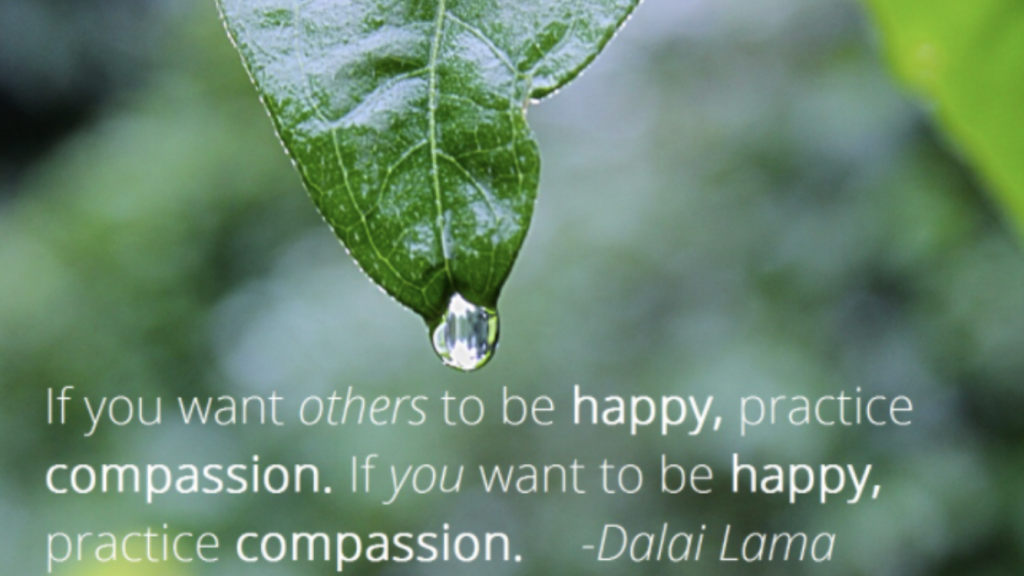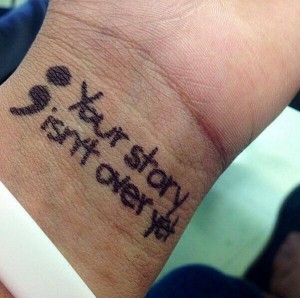WHEN YOUR HEART BREAKS
WHAT SPILLS OUT
FLIES FREE. . .
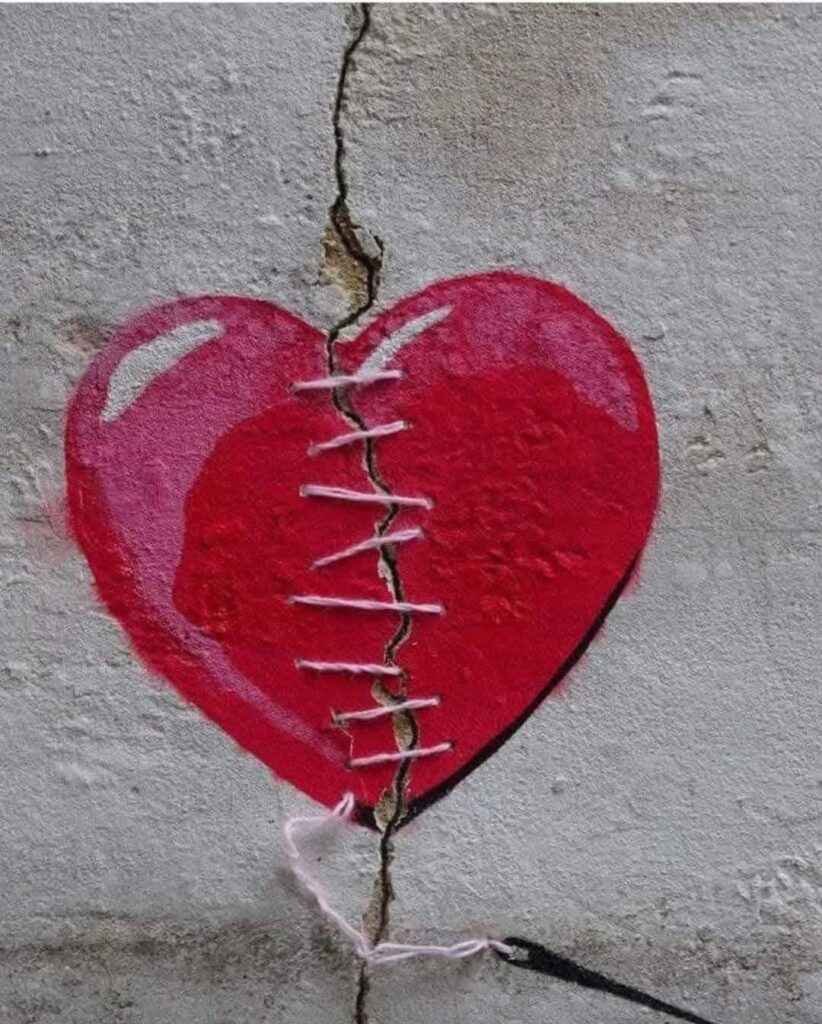 IS IT A HUGE
IS IT A HUGE
D E P E N D S
on what
B r E a K s
it open. . .
Violence
Injustice
Illness
d
e
a
t
h
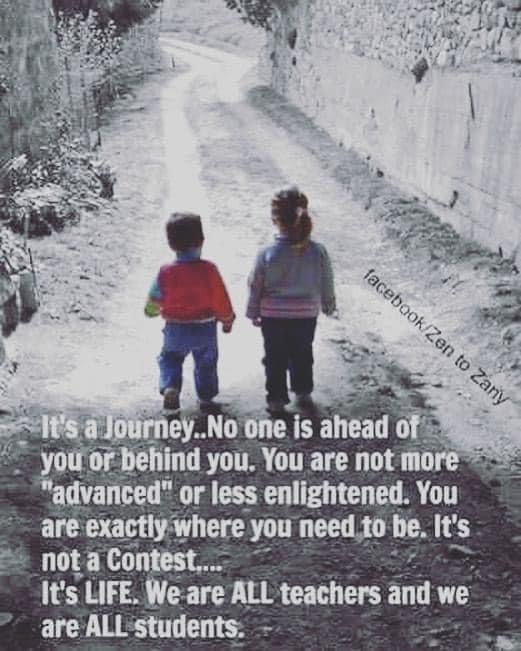 SOMETIMES
SOMETIMES
the harshest lessons
bring us into classrooms
that should never exist
CATHEDRALS
that should never become
desecrated sanctuaries. . .
But you don’t have to fix everything, just start small.
So yes, PRAY
Absolutely send your best thoughts and warmest intentions
but above all
K N O W
Let your heart be more than a word or a symbol. . let it pulsate more than just blood through your veins and arteries
LOVED PEOPLE
Hurt people hurt people
we’ve heard
suspected
seen
experienced
Loved people love people
we’ve heard
suspected
seen
experienced
Having been both
more than the unseen stars that shine
Which people be ye
heard
suspected
seen
experienced
